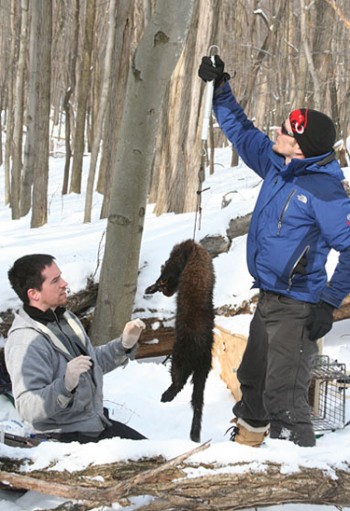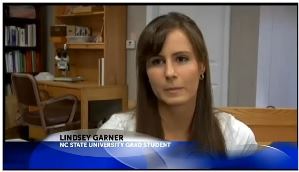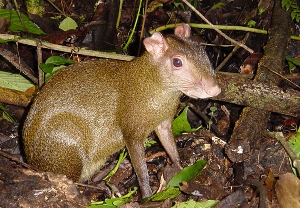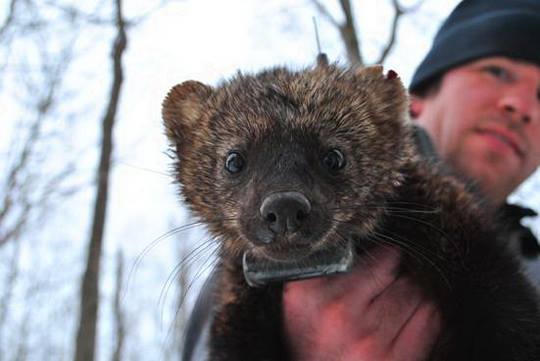
Demographers are not as worried today as they were several decades ago about the prospect of a “population bomb,” a scenario where so many people come to populate the planet that we exhaust its resources. Population growth has slowed in many parts of the world. And in much of North America, Europe, China, and Brazil, fertility rates are so low that local populations are on pace to decline.
These trends, however, don’t cover the whole story of human impact on the environment. The growth in the number of humans on earth may be slowing. But something very different is happening in the growth of human households.
A “household explosion” long underway in developed countries is now rapidly accelerating around the world.
Researchers Mason Bradbury, M. Nils Peterson* , and Jianguo Liu identify some hidden but seismic shifts on this front in a new paper in the journal Population and Environment. For years – in some countries, centuries – the average household has been shrinking in size. As a result, the total number of global households is growing much faster than the growth of the world population itself.
Why does this matter? In the U.S. and Europe, the average household included about five people in the late 1800s. Now it has more like 2.5. That means the same number of people today live in twice as many homes, requiring twice as many resources to build and furnish them, to heat and cool them, to pave roads to their front doors.
Read the complete article>>
An excerpt from The AtlanticCities – February 14, 2014
Article author – Staff Writer Emily Badger
___________________________
*  Dr. M. Nils Peterson is a professor in the Fisheries, Wildlife, and Conservation Biology Program in the College of Natural Resources at North Carolina State University.
Dr. M. Nils Peterson is a professor in the Fisheries, Wildlife, and Conservation Biology Program in the College of Natural Resources at North Carolina State University.








